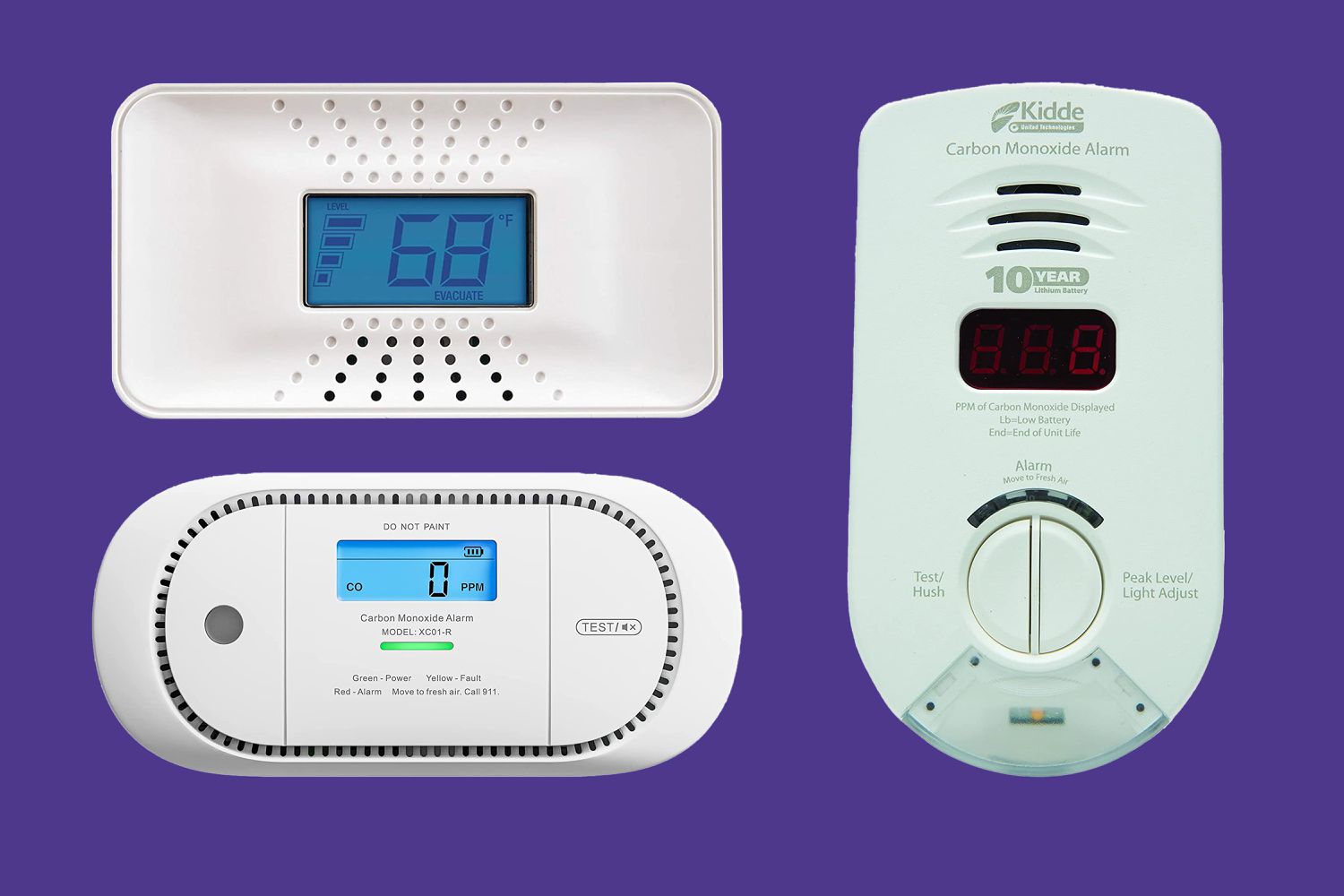

Articles
What Is The Best Carbon Monoxide Detector
Modified: January 18, 2024
Discover the top articles on the best carbon monoxide detectors. Find essential information and make an informed choice to protect your home and loved ones.
(Many of the links in this article redirect to a specific reviewed product. Your purchase of these products through affiliate links helps to generate commission for Storables.com, at no extra cost. Learn more)
Introduction
Carbon monoxide (CO) is a colorless, odorless, and tasteless gas that is produced by the incomplete combustion of fuels such as gas, oil, coal, and wood. It is often referred to as the “silent killer” because it can be deadly when inhaled in high concentrations. According to the Centers for Disease Control and Prevention (CDC), carbon monoxide poisoning is responsible for approximately 430 deaths in the United States every year, with thousands more seeking medical attention.
Given the serious health risks associated with carbon monoxide exposure, it is essential to have a carbon monoxide detector installed in your home or workplace. A carbon monoxide detector is a device that can sense the presence of this poisonous gas and alert occupants before it reaches dangerous levels. In this article, we will explore the importance of carbon monoxide detectors, the different types available, factors to consider when choosing one, the top brands in the market, and the best detectors for both residential and commercial use.
Carbon monoxide detectors play a crucial role in ensuring the safety and well-being of individuals and their families. They serve as an early warning system, detecting the presence of carbon monoxide and triggering an alarm to alert occupants to evacuate the premises immediately. By having a reliable carbon monoxide detector installed, you can significantly reduce the risk of carbon monoxide poisoning and potentially save lives.
Carbon monoxide detectors come in various types, including battery-operated, hardwired, and combination units. Each type has its own advantages and considerations, depending on the specific requirements and preferences of the user. It is crucial to choose a detector that meets your needs and complies with safety regulations.
When choosing a carbon monoxide detector, there are several factors to consider. These include the sensitivity and accuracy of the detector, the lifespan of the sensor, the power source, additional features such as digital displays and smartphone connectivity, and certifications to ensure the product meets all necessary safety standards.
Several reputable brands are known for producing high-quality carbon monoxide detectors. These brands have established a strong reputation for reliability, accuracy, and durability. By choosing a detector from a trusted brand, you can have peace of mind knowing that the safety of your home or workplace is in good hands.
In the following sections, we will delve into the best carbon monoxide detectors for residential and commercial use, considering factors such as price, features, and customer reviews. We will also discuss the proper installation and maintenance of carbon monoxide detectors to ensure their effectiveness and longevity.
Before we dive into the details, let’s address some common questions and concerns that people often have about carbon monoxide detectors. By gaining a better understanding of this essential safety device, you can make an informed decision when choosing the best carbon monoxide detector for your needs.
Key Takeaways:
- Installing a reliable carbon monoxide detector is crucial for early detection of this silent killer, protecting your loved ones and complying with safety regulations. Consider factors like sensitivity, power source, and additional features when choosing a detector.
- Regular testing, proper installation, and maintenance of carbon monoxide detectors are essential for their effectiveness. Reputable brands like Nest, Kidde, and First Alert offer highly rated detectors for both residential and commercial use.
Importance of Carbon Monoxide Detectors
Carbon monoxide is a highly dangerous gas that is virtually undetectable without the use of specialized equipment. It is produced by the incomplete combustion of fuels commonly found in homes and workplaces, such as natural gas, oil, coal, and wood. When inhaled, carbon monoxide displaces oxygen in the bloodstream and can quickly lead to carbon monoxide poisoning.
Carbon monoxide poisoning can have serious health consequences, ranging from mild symptoms such as headaches, nausea, and dizziness to more severe outcomes, including unconsciousness, brain damage, and even death. According to the CDC, carbon monoxide poisoning is responsible for more than 20,000 emergency room visits and nearly 500 deaths in the United States annually.
This is where carbon monoxide detectors come into play. These devices are designed to continuously monitor the air for the presence of carbon monoxide gas. When the concentration of carbon monoxide reaches a dangerous level, the detector emits a loud alarm, providing occupants with valuable time to evacuate the premises and seek medical attention.
The key importance of carbon monoxide detectors can be summarized as follows:
1. Early Detection: Carbon monoxide detectors can sense the presence of this poisonous gas at the earliest stages and sound an alarm before it reaches a lethal concentration. This allows individuals to take immediate action and avoid prolonged exposure.
2. Protection While Sleeping: Carbon monoxide is especially dangerous during nighttime hours when people are most vulnerable, and symptoms may be mistaken for ordinary fatigue. Detectors placed near sleeping areas provide peace of mind and ensure that everyone is quickly alerted in case of a leak.
3. Prevent Accidental Poisoning: Carbon monoxide leaks can occur due to malfunctioning appliances, blocked chimneys, or faulty heating systems. A detector acts as a safety measure, providing a constant alert system to prevent accidental exposure.
4. Life-saving Potential: Carbon monoxide poisoning can quickly lead to unconsciousness and incapacitation, making it difficult for individuals to escape on their own. The timely warning provided by carbon monoxide detectors can save lives by allowing people to evacuate safely.
5. Compliance with Regulations: Many jurisdictions have established regulations mandating the installation of carbon monoxide detectors in homes and businesses. By having a detector installed, you not only ensure the safety of occupants but also comply with legal requirements.
6. Peace of Mind: Carbon monoxide detectors provide peace of mind for occupants, knowing that they are protected against a potentially lethal gas. This peace of mind extends to the homeowners, property managers, and employers, as they fulfill their duty of care to those under their responsibility.
Given the serious health risks associated with carbon monoxide, investing in a reliable carbon monoxide detector is an essential step towards ensuring the safety of your home or workplace. By providing early detection and warning, these devices offer invaluable protection and peace of mind for you and your loved ones.
Types of Carbon Monoxide Detectors
When it comes to carbon monoxide detectors, there are several types available on the market. Each type has its own unique features and considerations, allowing you to choose the one that best suits your needs and preferences. Here are the three main types of carbon monoxide detectors:
- Battery-Operated Detectors: Battery-operated carbon monoxide detectors are the most common and widely available type. These detectors run on replaceable batteries, typically AA or AAA, which need to be changed periodically. Battery-operated detectors are easy to install and can be placed anywhere in the home or workplace. They are portable, making them ideal for renters or those who frequently move. However, it is crucial to regularly check the batteries and replace them when needed to ensure the detector functions properly.
- Hardwired Detectors: Hardwired carbon monoxide detectors are connected directly to the electrical system of the building. They are typically powered by the electrical mains and have a backup battery in case of a power outage. Hardwired detectors offer a more reliable power source and eliminate the need for battery replacements. They are often interconnected, meaning that if one detector goes off, all interconnected detectors will sound an alarm, providing maximum coverage throughout the building. Hardwired detectors require professional installation and are more suitable for permanent residences or commercial buildings.
- Combination Detectors: Combination carbon monoxide detectors are designed to detect both carbon monoxide and smoke. These detectors offer dual protection and are often recommended for areas where both carbon monoxide and fire risks exist, such as kitchens or areas with heating equipment. Combination detectors can be battery-operated or hardwired, depending on the specific model. They provide convenience by combining the functionality of two detectors into one unit, reducing the number of devices required. However, it is important to regularly test and maintain these detectors to ensure both carbon monoxide and smoke detection capabilities are functioning correctly.
Regardless of the type of carbon monoxide detector you choose, it is important to select a detector that meets safety standards. Look for detectors that are certified by recognized testing laboratories, such as Underwriters Laboratories (UL) or Canadian Standards Association (CSA), which ensure that the device has been rigorously tested for safety and performance.
Additionally, consider features such as digital displays, which provide real-time carbon monoxide readings, and tamper resistance, which helps prevent unauthorized interference with the detector. Some advanced models also offer smartphone connectivity, allowing you to receive alerts and monitor the detector remotely.
Ultimately, the choice of carbon monoxide detector depends on your specific needs, budget, and the requirements of your home or workplace. Whichever type you choose, make sure to follow the manufacturer’s instructions for installation, testing, and maintenance to ensure the detector functions properly and provides reliable protection against the dangers of carbon monoxide.
Factors to Consider When Choosing a Carbon Monoxide Detector
Choosing the right carbon monoxide detector is crucial for ensuring the safety of your home or workplace. With various models and features available, it can be overwhelming to make the right decision. Here are some important factors to consider when selecting a carbon monoxide detector:
- Sensitivity and Accuracy: The sensitivity and accuracy of a carbon monoxide detector are essential factors to consider. Look for detectors that can detect even low levels of carbon monoxide and provide accurate readings. A high-quality detector should have a sensor that meets or exceeds industry standards for detection.
- Lifespan and Sensor Stability: Consider the lifespan of the detector’s sensor. Most carbon monoxide detectors have a lifespan of around 5-7 years. Some detectors offer sensors with enhanced stability, reducing the chances of false alarms or degradation over time.
- Power Source: Determine whether you prefer a battery-operated or hardwired detector. Battery-operated detectors offer portability and are easy to install. Hardwired detectors, on the other hand, offer a reliable power source and eliminate the need for battery replacements. Consider whether having a backup battery feature is important to you in case of a power outage.
- Additional Features: Look for additional features that enhance the functionality and convenience of the detector. Some detectors have digital displays that show real-time carbon monoxide levels and can be easily read from a distance. Others offer smartphone connectivity, allowing for remote monitoring and sending alerts to your phone. Consider which features are important to you and align with your specific requirements.
- Certifications and Standards: Ensure that the carbon monoxide detector you choose meets recognized safety standards and certifications. Look for detectors certified by reputable testing laboratories, such as Underwriters Laboratories (UL) or Canadian Standards Association (CSA). These certifications indicate that the detector has undergone rigorous testing and meets industry safety standards.
- Price and Budget: Consider your budget and the price range of carbon monoxide detectors. Prices may vary based on the type of detector and additional features. It is important to strike a balance between affordability and the quality and reliability of the detector. Remember that this is a device that is critical for your safety, so it is worth investing in a reputable and reliable option.
When choosing a carbon monoxide detector, it is also important to consider the specific requirements of your home or workplace. Factors such as the size of the area, the number of levels or rooms to be monitored, and the potential sources of carbon monoxide should all be taken into account. Consulting with a professional or doing thorough research can help you determine the most suitable detector for your needs.
Remember that regardless of the type or features of the carbon monoxide detector, regular testing and maintenance are essential to ensure its proper functioning. Follow the manufacturer’s recommendations for testing the detector and replace batteries or sensors as needed. A well-maintained detector will provide reliable and accurate protection against the dangers of carbon monoxide.
Top Brands for Carbon Monoxide Detectors
When it comes to the safety of your home or workplace, it is important to choose a carbon monoxide detector from a reputable and trusted brand. Here are some of the top brands known for producing high-quality carbon monoxide detectors:
- Nest: Nest has established itself as a leading brand in the smart home industry. Their carbon monoxide detectors not only provide accurate detection but also integrate with a range of smart devices, allowing for remote monitoring and control via smartphone apps. Nest detectors also feature a sleek and modern design that blends seamlessly into any home decor.
- Kidde: Kidde is a well-known and trusted brand in the fire safety industry, and they offer a range of reliable carbon monoxide detectors. Kidde detectors are known for their accuracy, long lifespan, and easy installation. They offer models with both battery-operated and hardwired options, making them suitable for a variety of settings.
- First Alert: First Alert is another respected brand that offers a wide selection of carbon monoxide detectors. Their detectors have been designed with advanced sensing technologies to provide accurate and timely detection of carbon monoxide. First Alert offers models with features such as digital displays, voice alerts, and connectivity to other First Alert alarms for integrated home safety systems.
- BRK Brands: BRK Brands is a subsidiary of First Alert and specializes in manufacturing carbon monoxide and smoke detectors. Their detectors feature advanced electrochemical sensors for reliable and accurate detection. BRK Brands detectors are known for their ease of use, long lifespan, and affordability.
- Google: Google, in collaboration with Nest, offers a range of smart carbon monoxide detectors. These detectors not only provide accurate and reliable detection of carbon monoxide but also integrate seamlessly with other smart home devices, allowing for enhanced convenience and control.
These brands have earned a reputation for producing high-quality carbon monoxide detectors that meet industry safety standards. By choosing a detector from one of these brands, you can have confidence in the reliability, accuracy, and durability of the device.
It is important to note that while these brands are well-regarded, it is always recommended to research specific models and read customer reviews before making a purchase. Consider your individual needs, budget, and the features that are most important to you in order to select the best carbon monoxide detector for your home or workplace.
Remember, investing in a high-quality carbon monoxide detector from a trusted brand is an important step in ensuring the safety and well-being of yourself and those around you. Choose a brand that you can rely on to provide accurate detection and timely alerts in the event of a carbon monoxide leak.
Best Carbon Monoxide Detectors for Home Use
When it comes to protecting your home and loved ones from the dangers of carbon monoxide, investing in a reliable and effective carbon monoxide detector is essential. Here are some of the best carbon monoxide detectors for home use:
- Nest Protect: The Nest Protect is a smart carbon monoxide and smoke detector that offers advanced features and integration with other smart home devices. It provides accurate and timely detection of carbon monoxide, along with voice alerts and smartphone notifications. The Nest Protect also includes a built-in nightlight and a self-testing feature to ensure continuous functionality.
- Kidde Nighthawk: The Kidde Nighthawk is a popular and highly rated carbon monoxide detector. It features an electrochemical sensor for accurate detection and offers a digital display to show real-time carbon monoxide levels. The Kidde Nighthawk also has a long lifespan and a built-in 10-year battery, eliminating the need for frequent battery replacements.
- First Alert CO615: The First Alert CO615 is a reliable and affordable carbon monoxide detector that offers accurate and fast detection. It features an electrochemical sensor and a digital display to provide real-time carbon monoxide readings. The First Alert CO615 also has a loud alarm and a backup battery to ensure continuous protection, even during power outages.
- BRK Electronics CO250LB: The BRK Electronics CO250LB is a hardwired carbon monoxide detector that offers long-lasting performance and reliability. It features an electrochemical sensor and a 9-volt backup battery for added protection. The BRK Electronics CO250LB also has a low-profile design and a silence/test button for easy operation.
- Google Nest Secure Alarm System: The Google Nest Secure Alarm System offers comprehensive home security, including carbon monoxide detection. In addition to detecting carbon monoxide, it provides motion detection, door/window sensors, and an audible alarm. The Google Nest Secure Alarm System integrates seamlessly with other Nest devices, allowing for a complete smart home security solution.
These carbon monoxide detectors have been chosen based on their reliability, accuracy, features, and customer reviews. They are well-regarded in the market and offer different options to cater to different user preferences. Consider factors such as power source, additional features, and price to determine which detector is best suited for your home.
Remember that proper installation and maintenance are crucial for the effective functioning of carbon monoxide detectors. Follow the manufacturer’s instructions for installation and perform regular testing to ensure the detector is in good working condition. It is also important to replace the batteries or the detector itself according to the manufacturer’s recommended lifespan.
Investing in a high-quality carbon monoxide detector is an essential step towards ensuring the safety and well-being of your family and home. By choosing one of these top-rated detectors, you can have peace of mind knowing that you have reliable protection against the dangers of carbon monoxide.
When choosing a carbon monoxide detector, look for one with a digital display to show the CO levels in your home. This can provide valuable information and help you take action if levels are elevated.
Best Carbon Monoxide Detectors for Commercial Use
Commercial buildings and workplaces also require reliable carbon monoxide detectors to ensure the safety of occupants and comply with regulations. Here are some of the best carbon monoxide detectors for commercial use:
- Siemens QPM2162: The Siemens QPM2162 is a top-rated carbon monoxide detector specifically designed for commercial use. It features a high-quality electrochemical sensor for accurate detection and provides a visual and audible alarm when carbon monoxide levels exceed the set thresholds. The Siemens QPM2162 also offers advanced features such as remote monitoring capabilities and integration with building management systems.
- Honeywell Analytics HAQ: The Honeywell Analytics HAQ carbon monoxide detector is known for its reliability and durability. It features advanced infrared technology for precise monitoring and offers a range of outputs and communication options for seamless integration into commercial buildings. The Honeywell Analytics HAQ also provides excellent resistance to environmental conditions and is suitable for harsh industrial environments.
- MSA ALTAIR CO: The MSA ALTAIR CO is a compact and dependable carbon monoxide detector designed for commercial and industrial applications. It features an advanced electrochemical sensor for accurate detection and offers a clear digital display for easy reading of carbon monoxide levels. The MSA ALTAIR CO is also equipped with a loud alarm and a rugged design that can withstand demanding working conditions.
- Dräger Pac 7000: The Dräger Pac 7000 is a portable and highly sensitive carbon monoxide detector ideal for commercial use in confined spaces. It features a robust electrochemical sensor and offers a compact design for easy carrying. The Dräger Pac 7000 provides visual and audible alarms and offers long battery life, making it suitable for extended monitoring periods.
- RKI Instruments GX-2012: The RKI Instruments GX-2012 is a versatile and rugged carbon monoxide detector designed for commercial and industrial applications. It features a dual-range sensor for accurate detection and offers a range of additional sensors, such as combustible gas and oxygen detectors, for comprehensive monitoring. The RKI Instruments GX-2012 also provides real-time readings and data logging capabilities for further analysis.
These carbon monoxide detectors have been selected based on their accuracy, durability, and suitability for commercial settings. They are trusted by professionals and have a proven track record in providing reliable carbon monoxide detection in various industries. Consider factors such as the size of the area to be monitored, environmental conditions, and specific requirements of your workplace when choosing the best detector for commercial use.
It is important to follow the manufacturer’s instructions for installation and maintenance of the carbon monoxide detectors in commercial settings. Regular testing and calibration are necessary to ensure accurate readings and proper functioning. Additionally, compliance with relevant safety regulations and periodic inspections by qualified professionals should be part of the safety protocol in commercial buildings.
Investing in high-quality carbon monoxide detectors for commercial use is crucial for protecting the lives of employees and visitors and maintaining a safe working environment. By choosing one of these top-rated detectors, you can meet safety requirements and have confidence in the reliable detection of carbon monoxide in your commercial space.
Installation and Maintenance of Carbon Monoxide Detectors
Proper installation and maintenance of carbon monoxide (CO) detectors are essential to ensure their effectiveness in protecting you and your loved ones from this deadly gas. Here are some important guidelines for the installation and maintenance of carbon monoxide detectors:
Installation:
- Read the manufacturer’s instructions: Before installing a carbon monoxide detector, thoroughly read and understand the manufacturer’s instructions provided with the device.
- Choose the right location: Install the carbon monoxide detector on every level of your home or workplace, including basements and bedrooms. Place them in central locations, such as hallways, near sleeping areas, or outside of bedrooms, where they can be easily heard. Follow the manufacturer’s specific recommendations for the ideal placement.
- Follow height guidelines: Install the detector at a height between 5 feet and 6 feet above the ground for optimal detection of carbon monoxide, as the gas tends to rise.
- Keep away from obstructions: Install the detector away from obstructions, such as curtains, furniture, or other objects that could block airflow and affect the accuracy of the readings.
- Consult a professional: If you are uncertain about the proper placement or have complex wiring requirements, it is recommended to consult a professional electrician or follow local building codes for installation.
Maintenance:
- Regularly test the detector: Test your carbon monoxide detector at least once a month to ensure that it is functioning properly. Most detectors have a dedicated button for testing, or you can follow the specific instructions provided in the user manual. If the alarm does not sound during testing, replace the batteries or the detector itself immediately.
- Know the lifespan: Carbon monoxide detectors have a limited lifespan, typically ranging from 5 to 7 years. Check the manufacturer’s guidelines to determine the expected lifespan of your detector. If it has exceeded its lifespan, replace it with a new one to ensure accurate detection.
- Replace batteries in a timely manner: For battery-operated detectors, replace the batteries according to the manufacturer’s recommendations. It is a good practice to change the batteries at least once a year or when the low-battery indicator sounds.
- Keep detectors clean and free of debris: Regularly clean the detectors to prevent the accumulation of dust, dirt, or debris that may affect the sensor’s performance. Use a soft cloth or vacuum cleaner attachment to gently clean the exterior and vents of the detector.
- Monitor for false alarms: If the detector frequently goes off without the presence of high levels of carbon monoxide, it may indicate a malfunction. Contact the manufacturer or a professional technician to investigate the issue and replace the detector if necessary.
It is important to note that while carbon monoxide detectors can provide valuable protection, they are not a substitute for proper maintenance and regular inspection of fuel-burning appliances, such as furnaces, water heaters, stoves, and fireplaces. Ensure these appliances are inspected by a qualified professional regularly to detect any potential leaks or malfunctioning parts.
By following these guidelines for the installation and maintenance of carbon monoxide detectors, you can ensure their proper functioning and reliable detection of carbon monoxide, providing you with crucial early warnings and potentially saving lives.
Frequently Asked Questions (FAQs)
Here are answers to some frequently asked questions about carbon monoxide detectors:
- Q: Why is carbon monoxide dangerous?
A: Carbon monoxide (CO) is dangerous because it is a colorless, odorless, and tasteless gas that can be deadly when inhaled. It binds to red blood cells, preventing them from carrying oxygen to vital organs, which can lead to serious health complications or even death. - Q: Where should I install carbon monoxide detectors in my home?
A: It is recommended to install carbon monoxide detectors on every level of your home, including basements and bedrooms. Place them in central locations, such as hallways, near sleeping areas, or outside of bedrooms. Always follow the manufacturer’s guidelines for the ideal placement. - Q: Are carbon monoxide detectors the same as smoke detectors?
A: No, carbon monoxide detectors and smoke detectors are different devices. Carbon monoxide detectors specifically monitor the air for the presence of carbon monoxide gas, while smoke detectors detect the presence of smoke or fire. However, combination detectors are available that can detect both carbon monoxide and smoke. - Q: How often should I test my carbon monoxide detector?
A: It is recommended to test your carbon monoxide detector at least once a month to ensure that it is functioning properly. Most detectors have a dedicated button for testing, or you can follow the specific instructions provided in the user manual. - Q: How long do carbon monoxide detectors last?
A: Carbon monoxide detectors typically have a lifespan of around 5 to 7 years. However, this can vary depending on the manufacturer and model. Check the manufacturer’s guidelines for the expected lifespan of your specific detector. - Q: What should I do if my carbon monoxide detector goes off?
A: If your carbon monoxide detector alarm sounds, immediately evacuate the building and move to a safe location outside. Call emergency services and do not re-enter the premises until it has been deemed safe by professionals. Do not ignore the alarm or assume it is a false alarm. - Q: Do carbon monoxide detectors require maintenance?
A: Yes, carbon monoxide detectors require regular maintenance to ensure their effectiveness. Test your detector monthly, replace batteries as needed, and follow the manufacturer’s guidelines for cleaning and replacing the detector itself when it reaches the end of its lifespan. - Q: Are carbon monoxide detectors required by law?
A: Many jurisdictions have regulations that mandate the installation of carbon monoxide detectors in homes and commercial buildings. It is important to familiarize yourself with the local building codes and regulations in your area to ensure compliance.
Remember, carbon monoxide detectors are a crucial component of your home or workplace safety. If you have additional questions or concerns, it is always advisable to consult the manufacturer or a qualified professional for guidance.
Conclusion
Carbon monoxide (CO) is a silent and deadly gas that can pose serious health risks when inhaled. The importance of having a reliable carbon monoxide detector cannot be overstated. These devices provide early detection and warning, allowing you to take immediate action and protect yourself and your loved ones from the dangers of carbon monoxide poisoning.
When choosing a carbon monoxide detector, consider factors such as sensitivity, accuracy, power source, additional features, and price. Reputable brands like Nest, Kidde, First Alert, BRK Brands, and Google offer a range of reliable and highly rated detectors for both residential and commercial use.
Proper installation and maintenance are key to ensuring the effectiveness of carbon monoxide detectors. Install them on every level of your home or workplace, following the manufacturer’s guidelines for placement. Test your detectors regularly, replace batteries as needed, and be aware of the expected lifespan of your specific detector.
By following these guidelines and investing in a high-quality carbon monoxide detector, you can have peace of mind knowing that you have taken a crucial step to protect yourself and your loved ones from the dangers of carbon monoxide. Remember to also regularly inspect fuel-burning appliances and seek professional assistance when needed to ensure a safe living and working environment.
With the proper installation, maintenance, and use of carbon monoxide detectors, you can greatly reduce the risk of carbon monoxide poisoning and create a safer environment for everyone.
Frequently Asked Questions about What Is The Best Carbon Monoxide Detector
Was this page helpful?
At Storables.com, we guarantee accurate and reliable information. Our content, validated by Expert Board Contributors, is crafted following stringent Editorial Policies. We're committed to providing you with well-researched, expert-backed insights for all your informational needs.
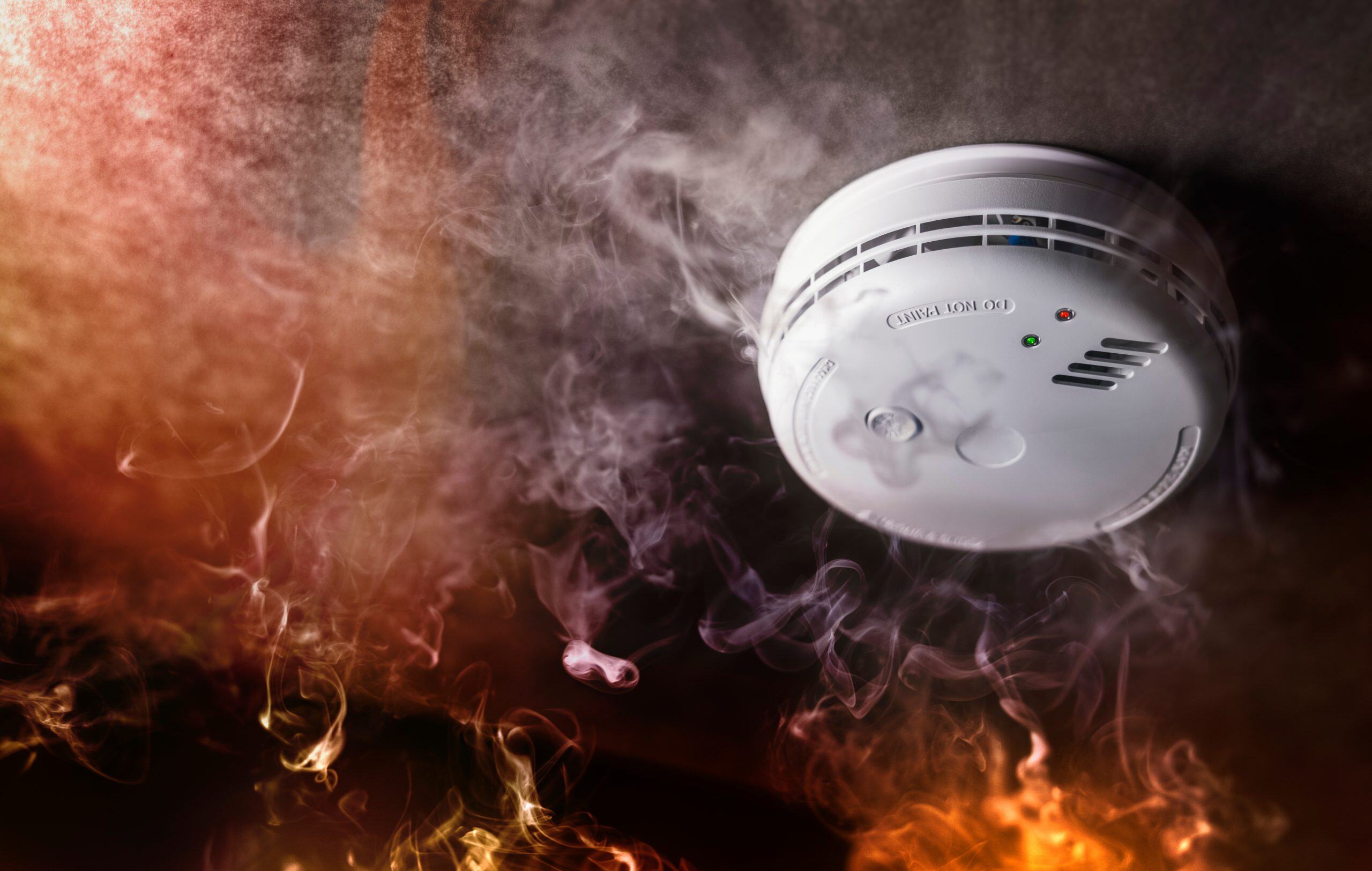
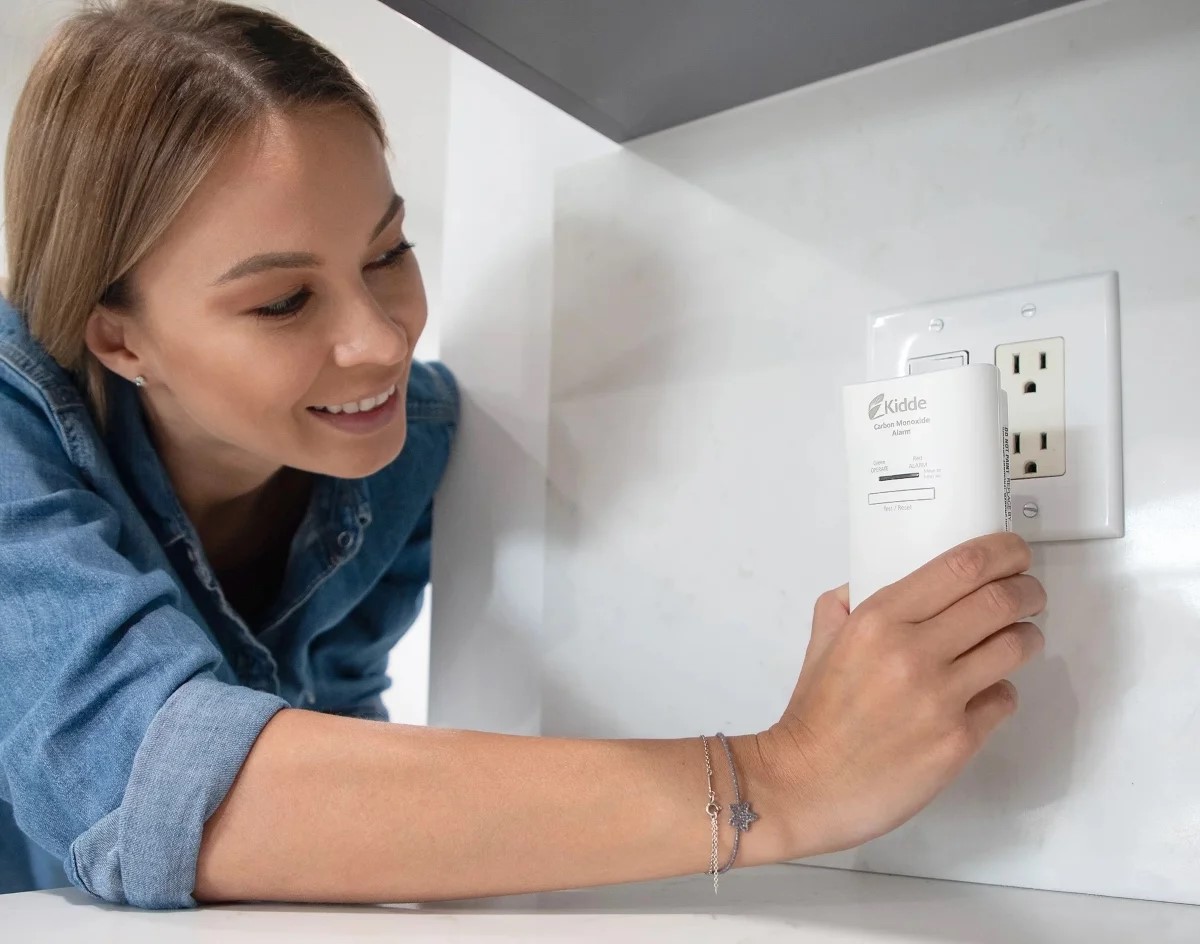
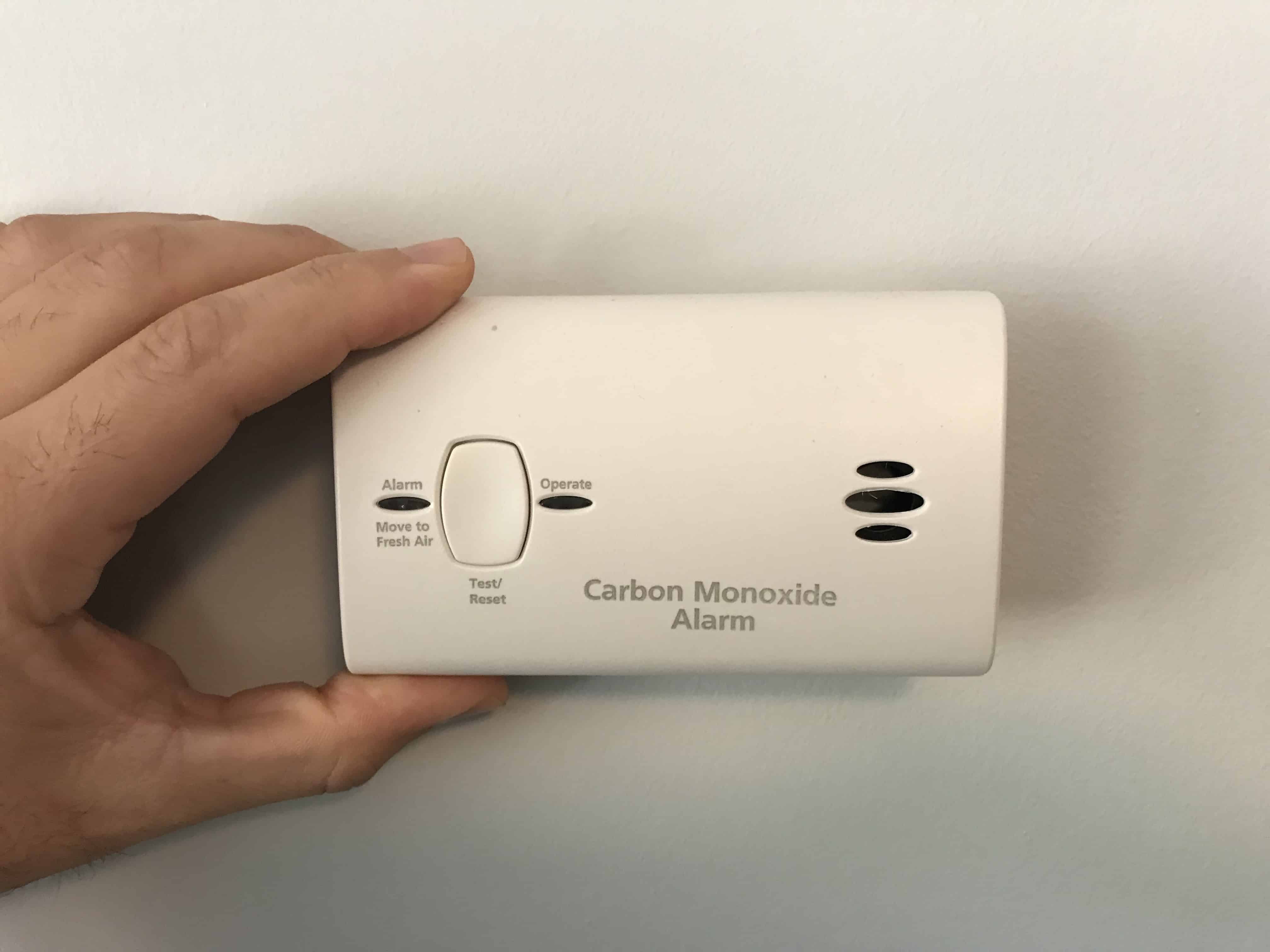
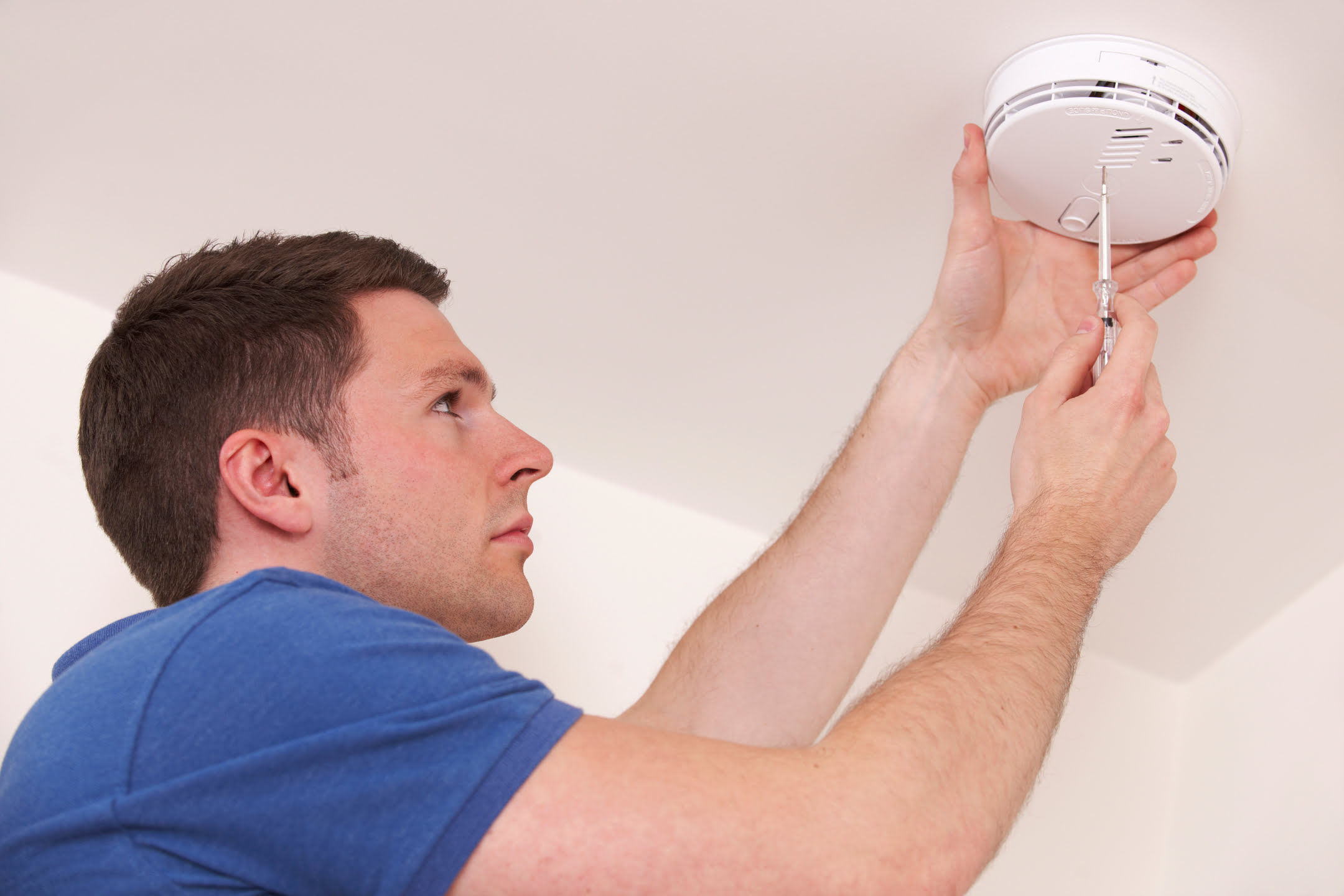
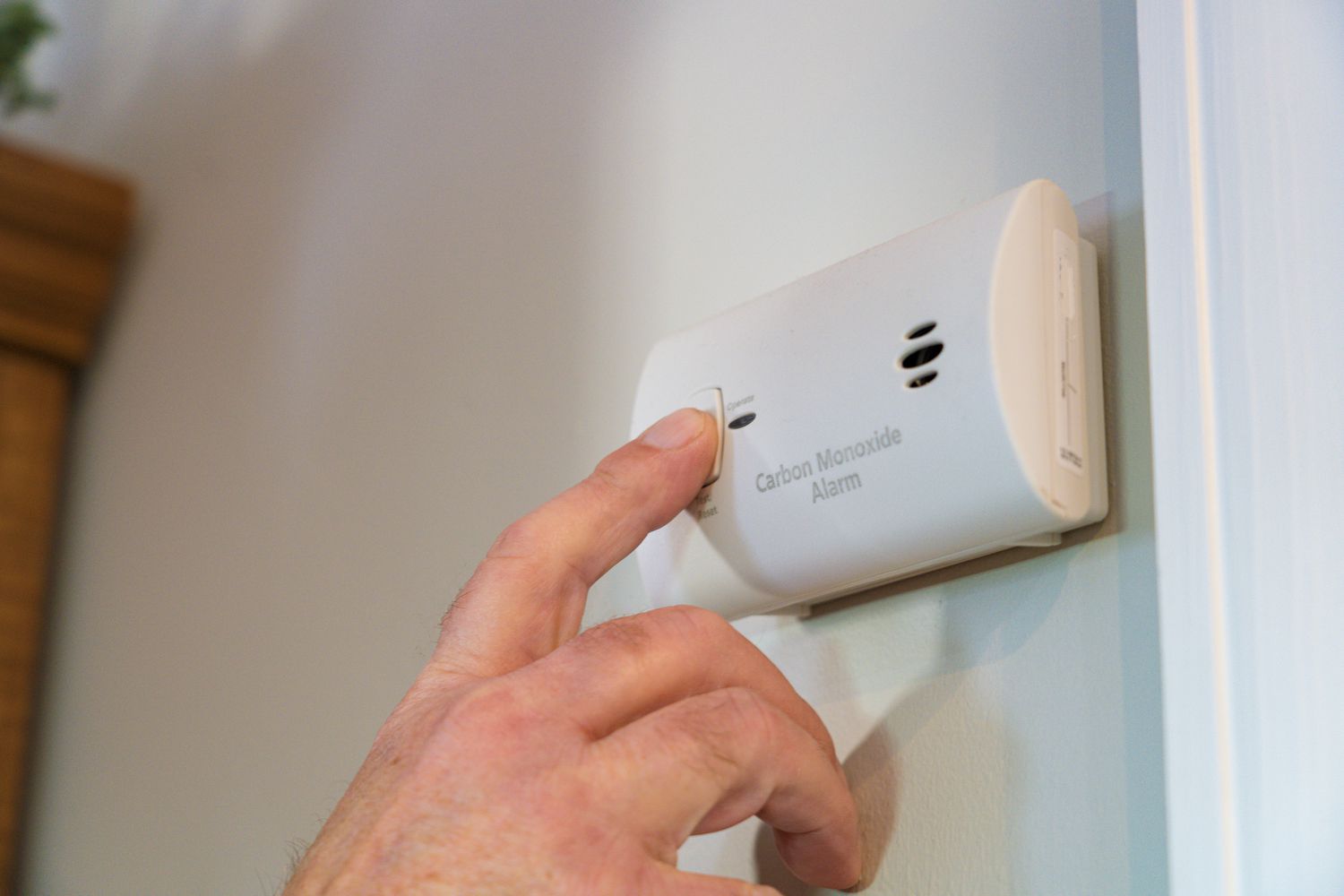
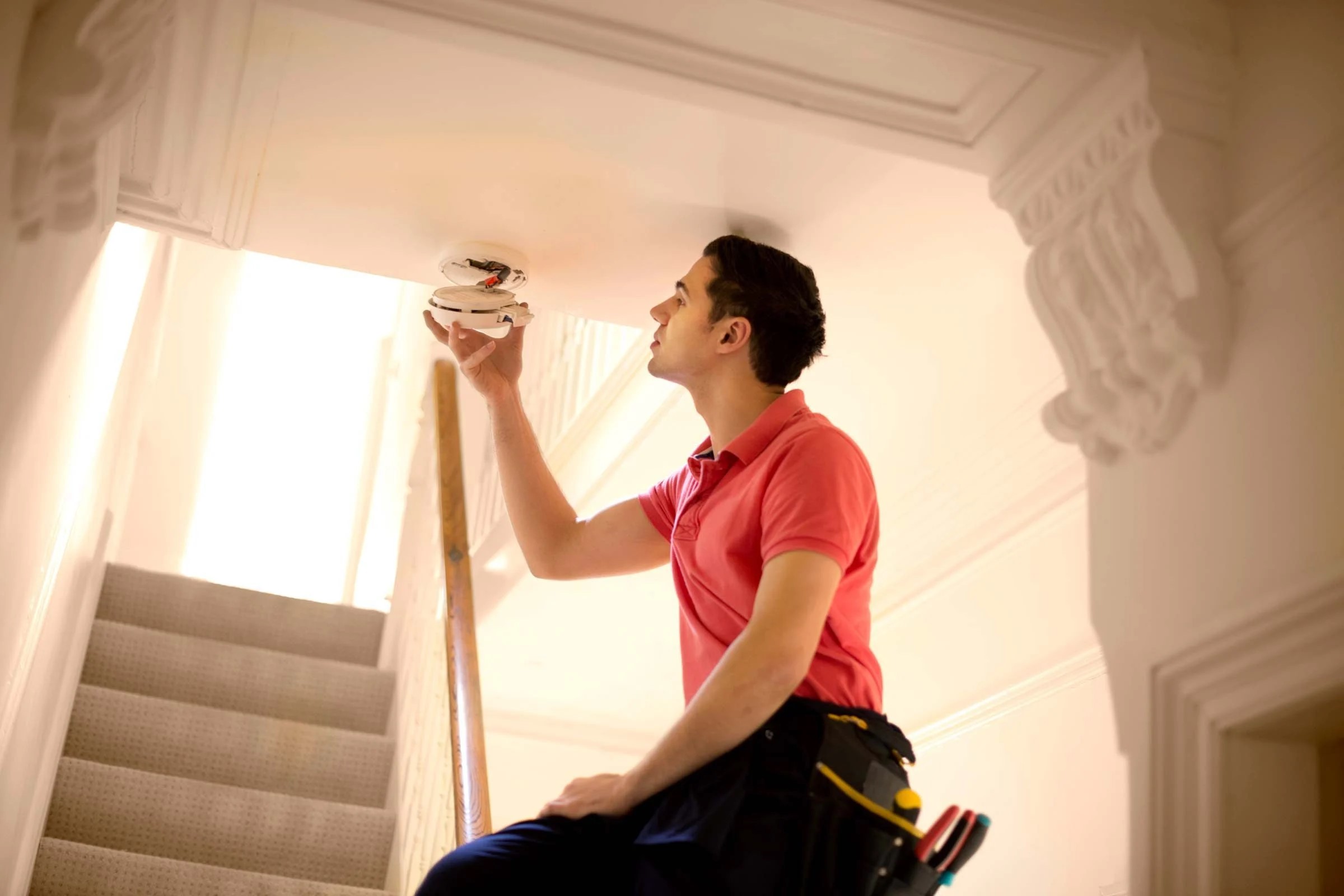
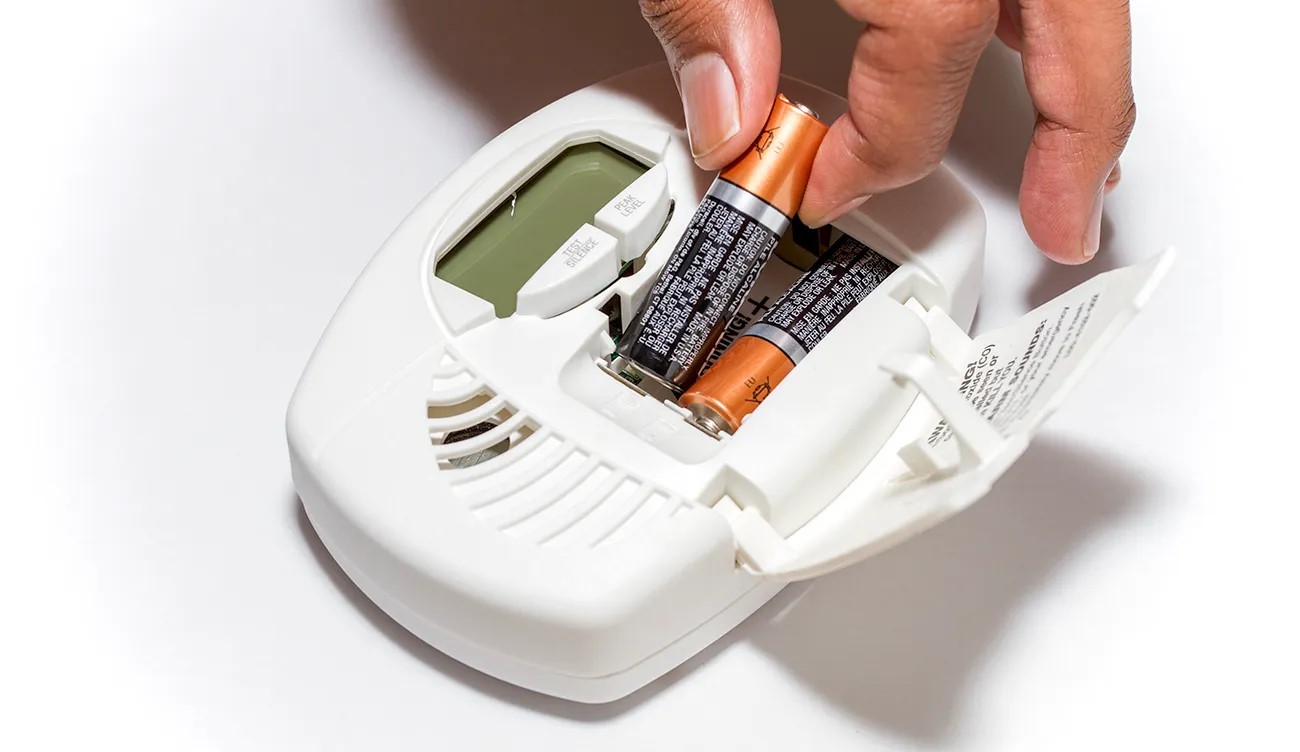
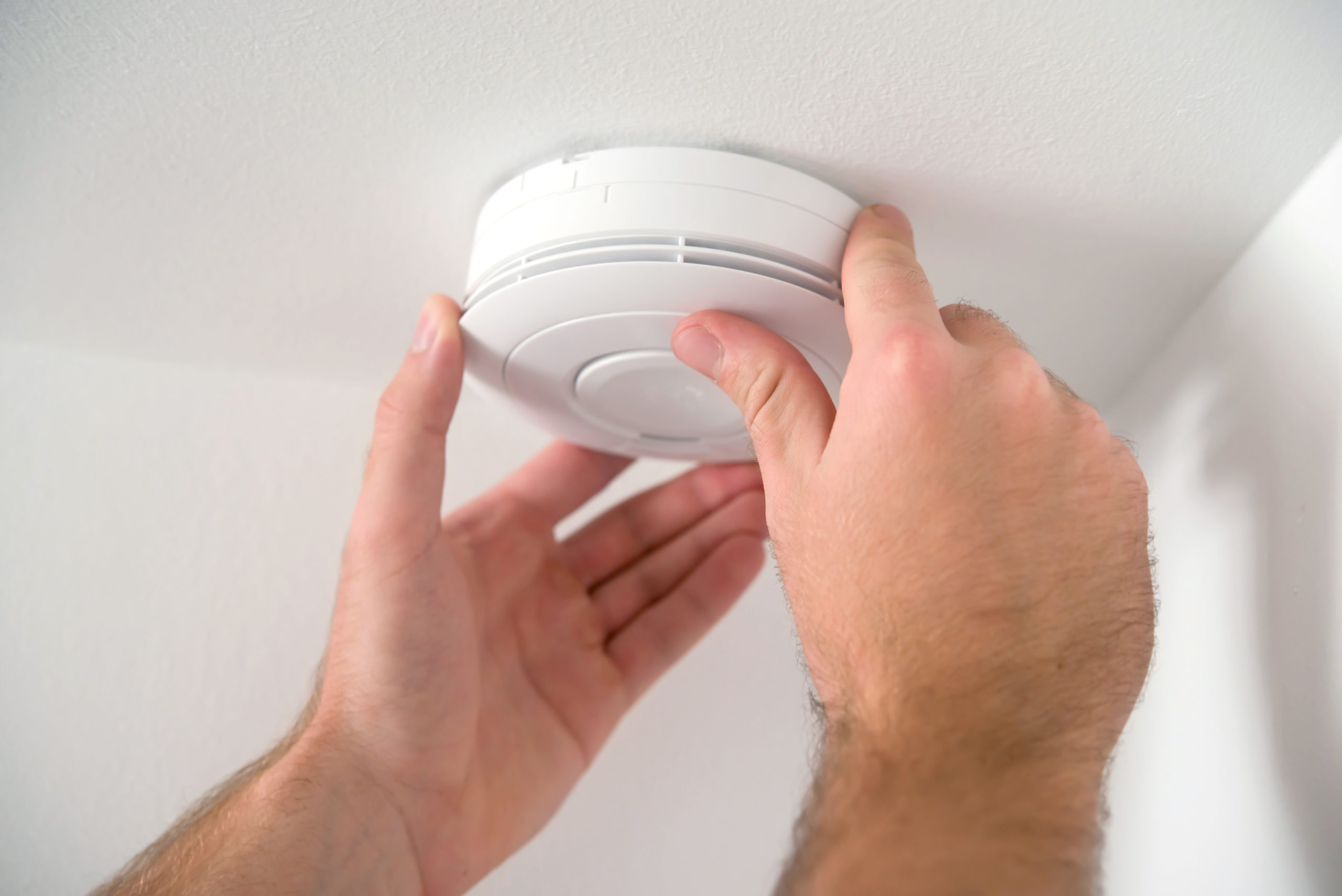
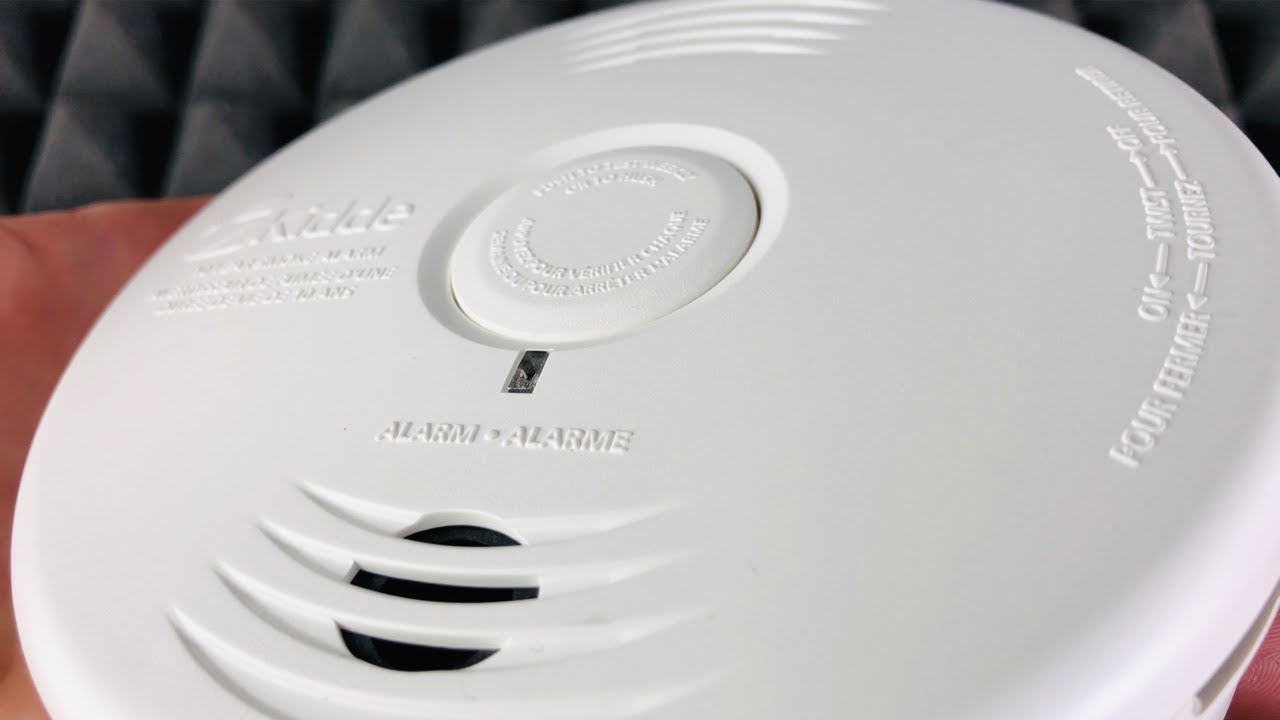
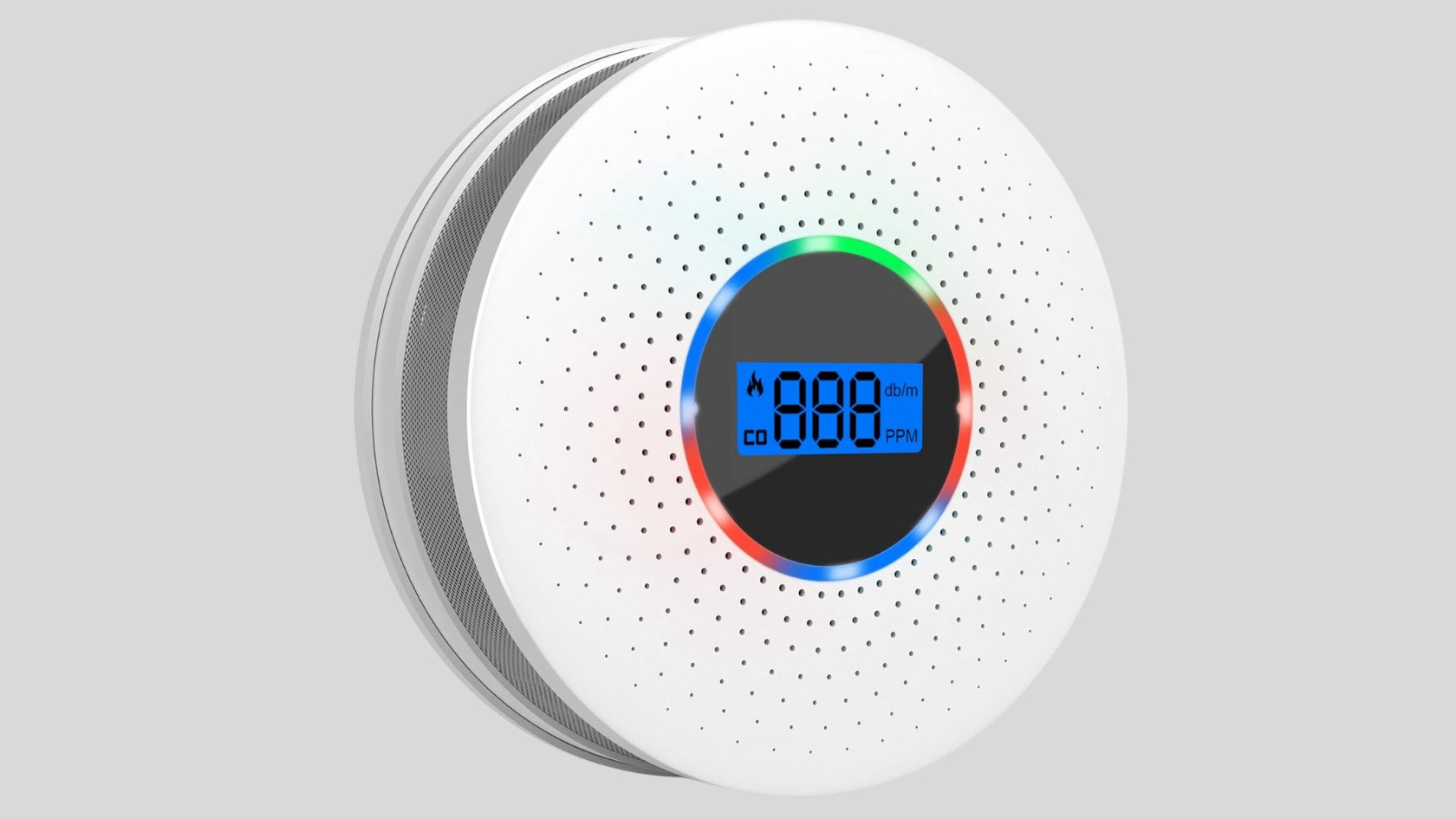
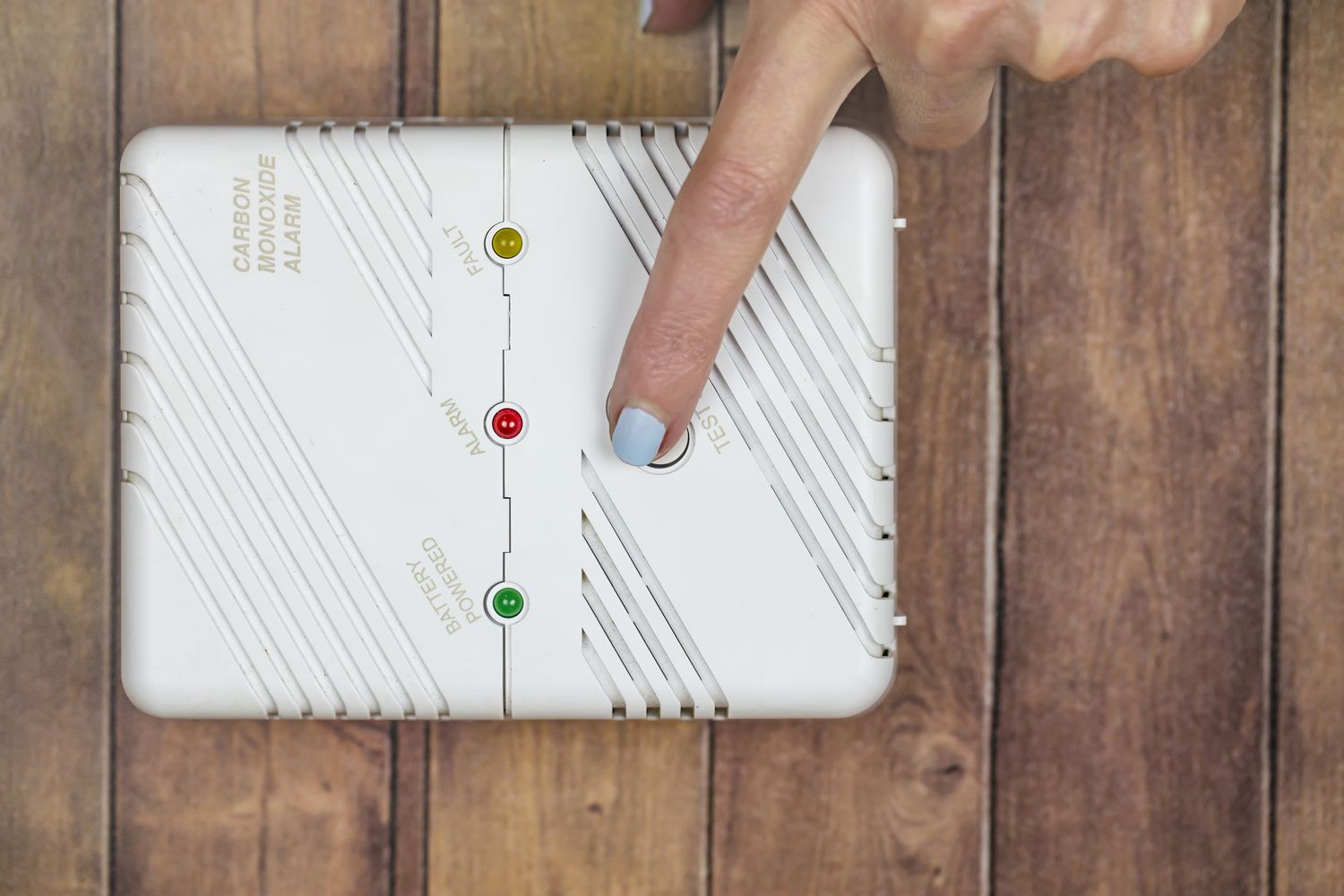
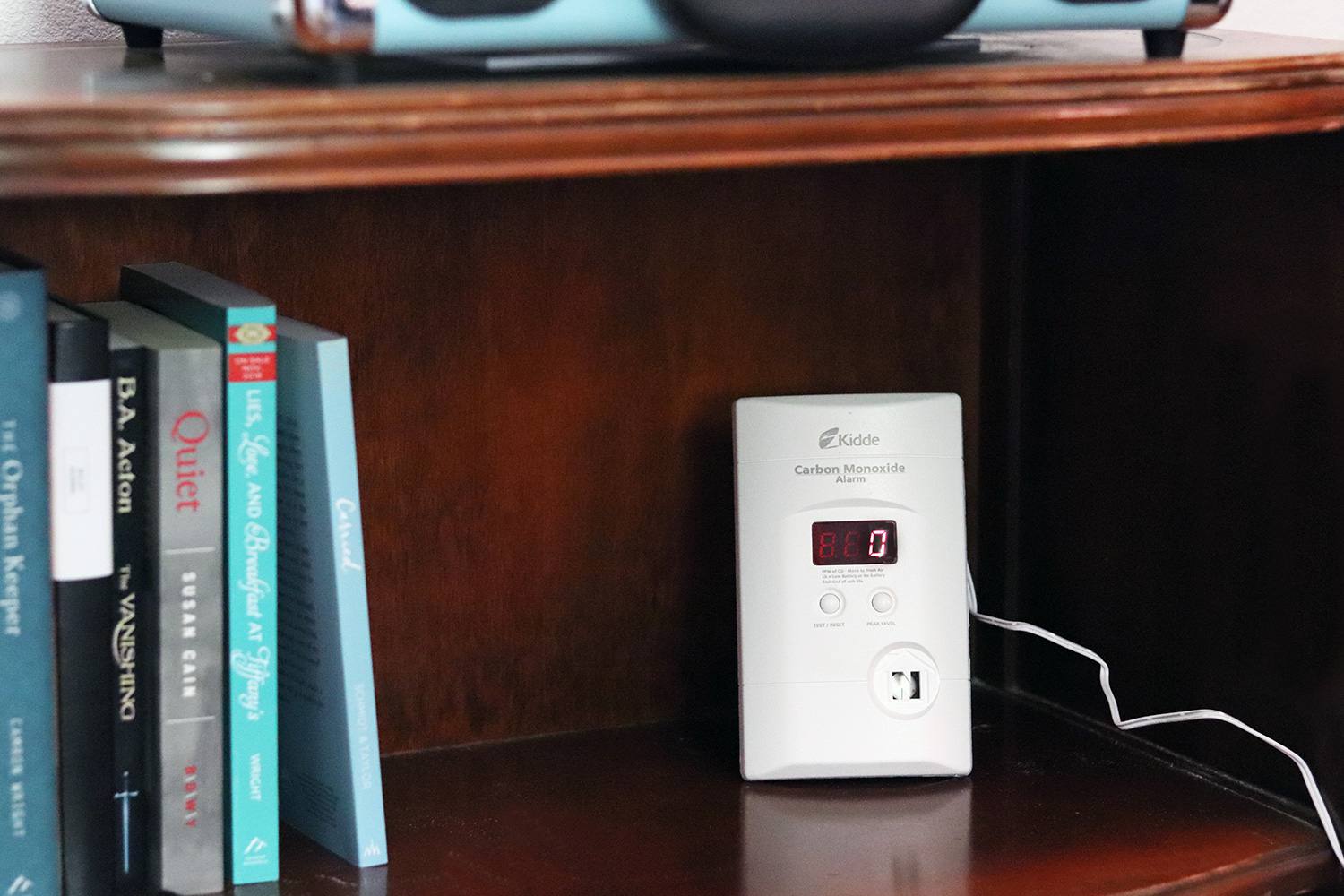
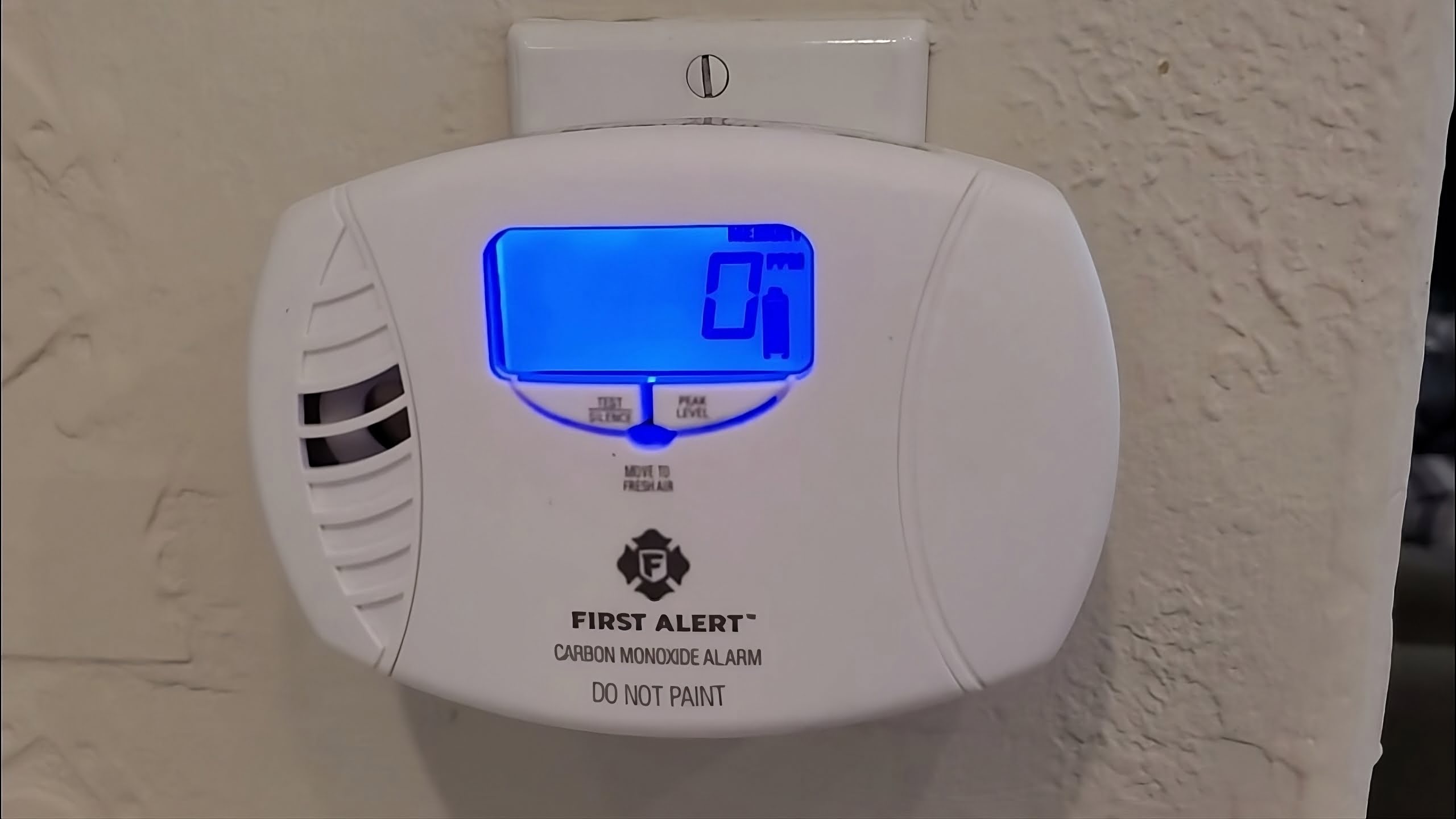

0 thoughts on “What Is The Best Carbon Monoxide Detector”